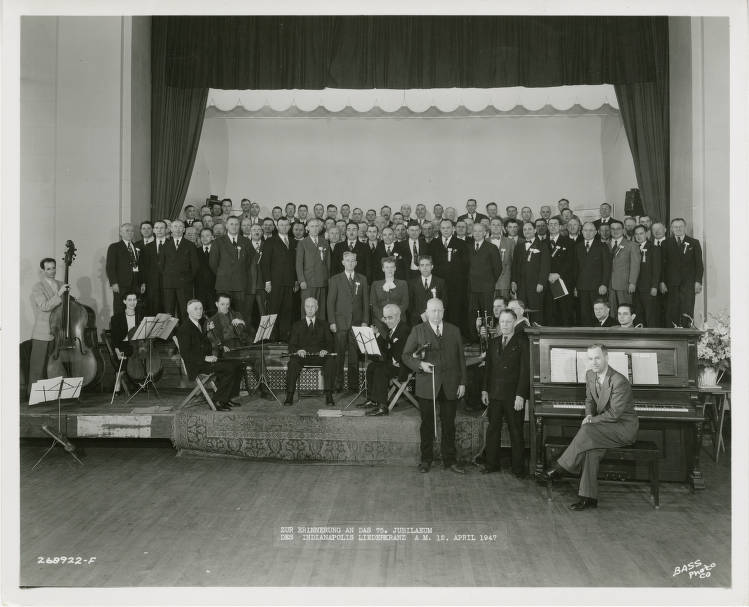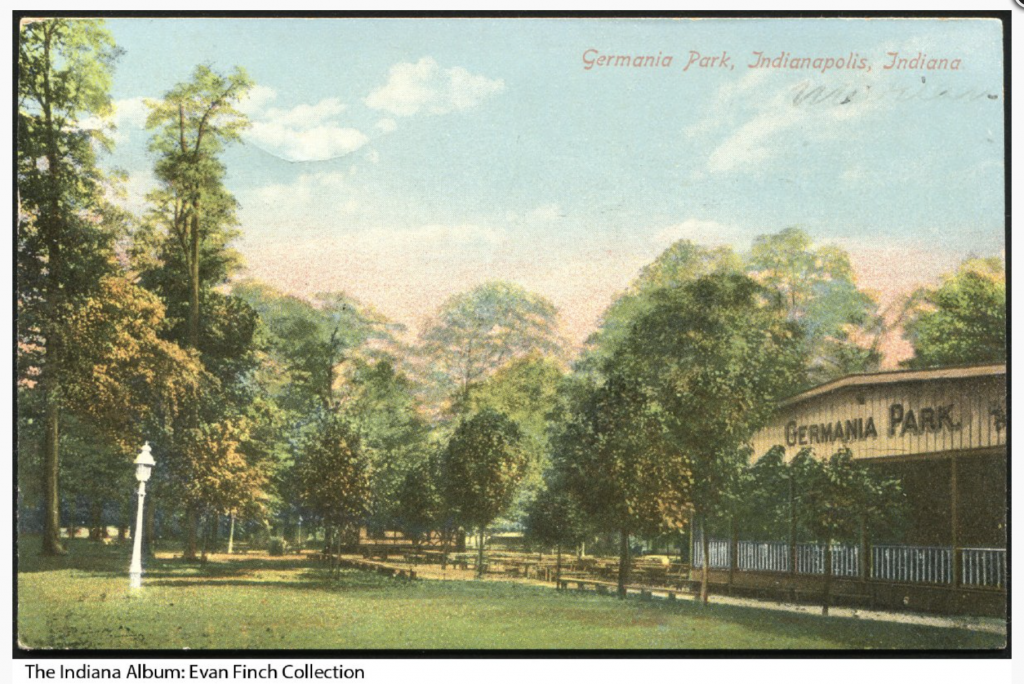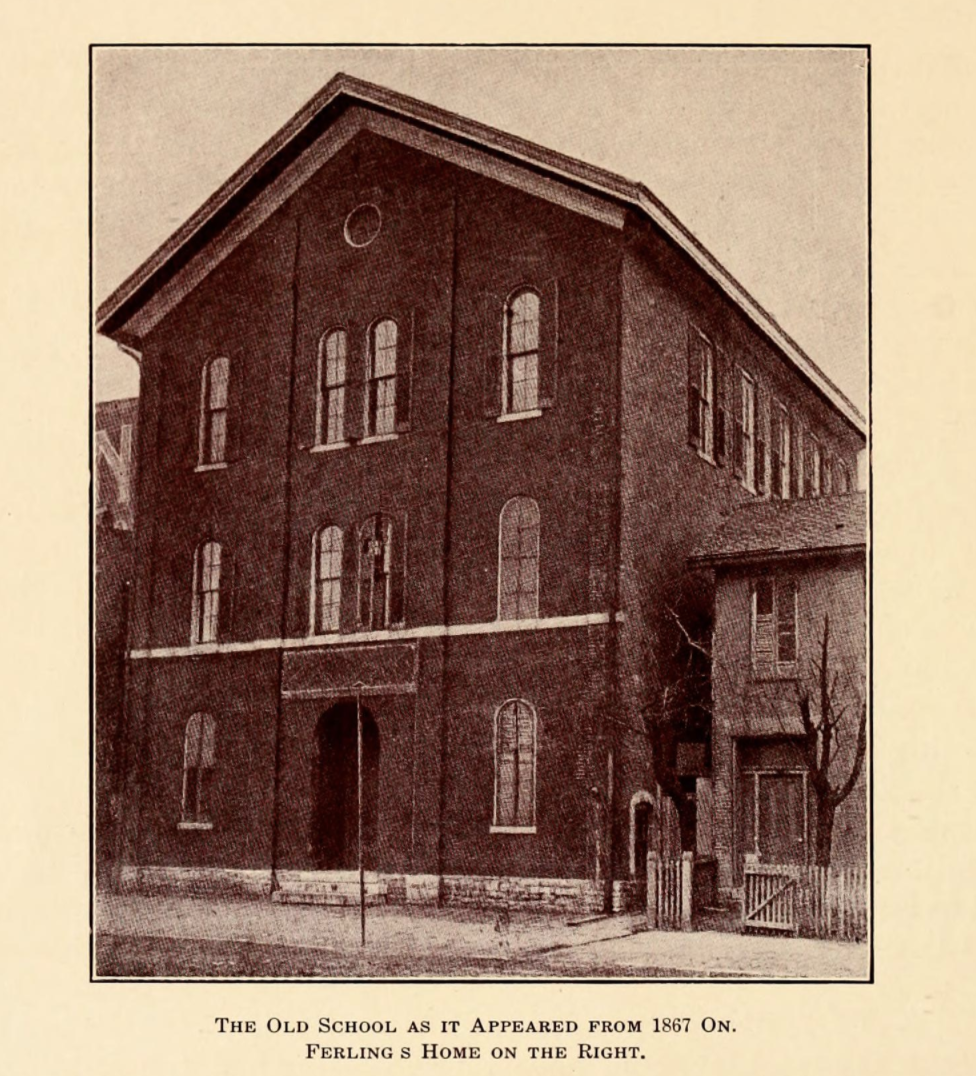Deutsche Unterstützungs Vereins (UVs), or German Support Societies, promoted social connection, preserved German language and culture, offered financial assistance in sickness and death, and helped ease the problems of adjusting to American life. By the late 1800s, German immigrants settling in Indianapolis had formed a number of these societies, which often took the form of fraternal orders. On November 13, 1899, the Federation of German Societies of Indianapolis (Verband Deutscher Vereine von Indianapolis) was organized to bring them together under their common goal of preserving German culture.

Through dues and contributions, these societies provided social and cultural services for their specific sectors of the German population. Many also functioned as mutual aid societies. These German mutual aid societies provided health benefits ($5 per week for 13 weeks) and death benefits ($100 for members, $50 for spouse). Organizations like the Heimath UV and Preussen UV continued the practice of providing benefits for members into the 1990s.
By 1910, the federation listed 56 affiliated Vereins. Typically, the societies were male organizations with women’s auxiliaries, or Damenverein. These societies mirrored the diversity of the city’s German-speaking population. Many were organized based on the German state or province from which its members emigrated, such as the Verein Bavaria, Badischer (Baden), Pfaelzer UV (Palatinate), Preussen (Prussians), and Plattdeutsche (Low Germans). Supraregional societies included Alemania Kranken UV, Deutscher UV, and Germania UV. Others were chapters of national UVs.

Some member societies focused on education and arts like the , , Musikverein, , and , while others had different affiliations. Societies like the German Gardeners Society, Bierbrauer UV, Brauer Internationale Arbeiter-Union, Baecker UV, Arbeiter Kranken UV, Hermann Arbeiter Kranken UV, and Metzger Verein focused on occupation.
Old soldiers had the German-American Veterans of the Civil War and the Deutsche-Militaer Verti. Large church-related UVs included St. Bonijadus, St. Franziskus, St. Joseph, Deutscher Roemisch Katholisdie Central Verein, and the German General Protestant Orphanage Association, which claimed nearly 700 members. Fraternal lodges like Pythiasritter (Knights of Pythias), Germania (Odd Fellows), Cherusker, Schiller, and Koerner constituted another large segment.

With the advent of World War I, the Federation suspended its operations because of anti-German hysteria aroused by the war. The Federation was revived in 1931 but at reduced numbers, just 22 member societies. By 1934, the Federation had purchased land at 8600 S. Meridian Street for , which was used for their headquarters as well as for events and activities.
There was sufficient interest in the German heritage in the period after World War II that new societies were formed—for example, the German-American Klub and the Indianapolis Soccer Club (1954), a successor to the Deutscher Fussball Club. This trend was not sustained. The federation reported 13 society members in 1992. By 2020, there were just 9. Despite lowered numbers, the Federation’s societies continued to be active in their community, maintaining their long history of providing entertainment to the city through summer and October Fests.

Help improve this entry
Contribute information, offer corrections, suggest images.
You can also recommend new entries related to this topic.